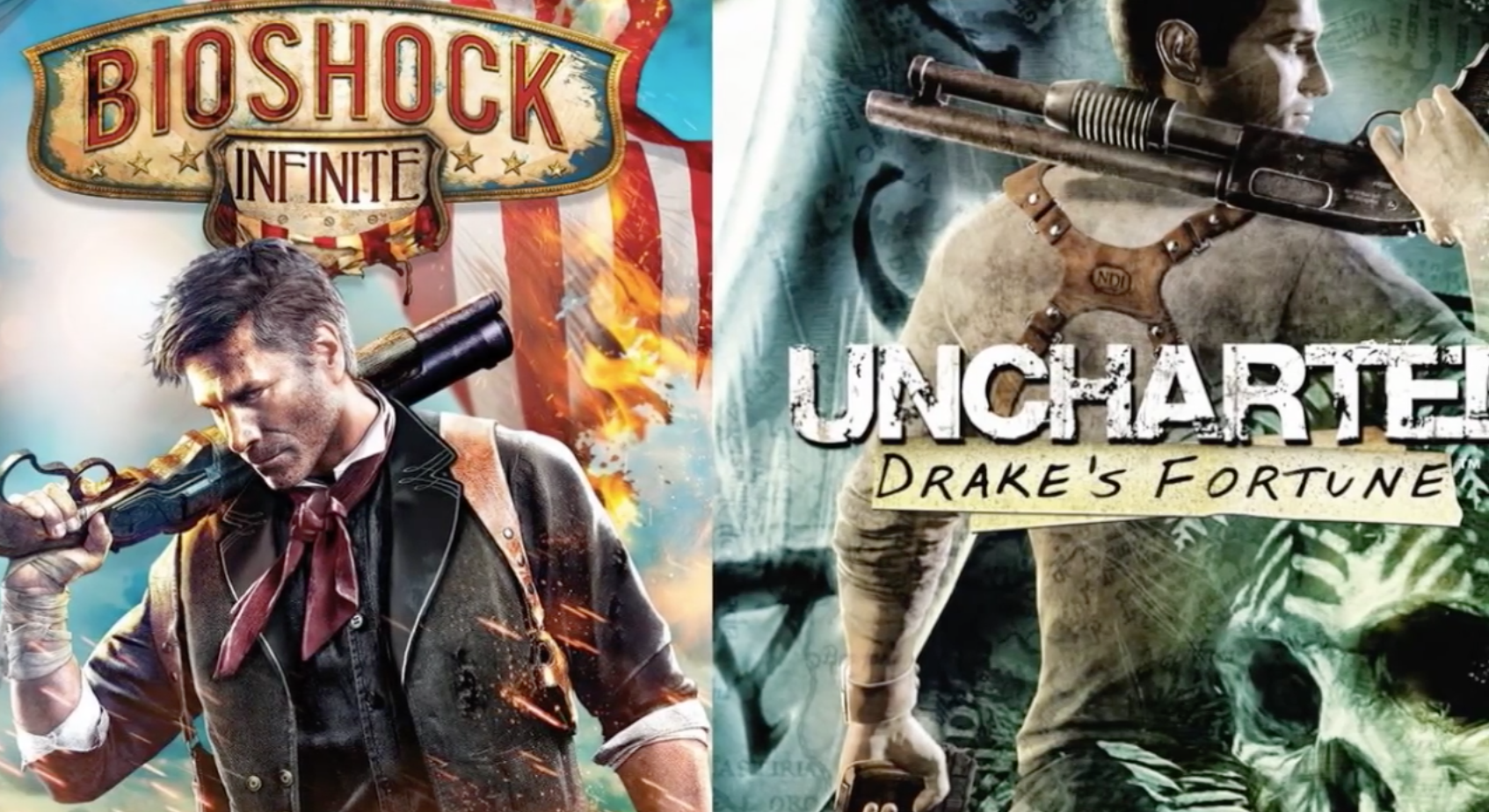Cubism can be defined as:
an early 20th-century style and movement in art, especially painting, in which perspective with a single viewpoint was abandoned ...
It was an overwhelming conflation of separate perspectives into one:

Lisp is almost cubist, in that it takes what is essentially a 3D object and flattens it in a way that violates perspective. What was natural in two perspectives becomes lost when combined.




















What Parinfer did for writing, Locus will try to do for reading. Low odds for success, but some research in this space could at least help describe the problem of lisp adoption.
Problem: Lisp is immediately ugly
Hypothesis: a UX solution is waiting to be discovered
It may be possible to build a technology to meet people where they are. There may be a way to apply design principles to facilitate natural discovery.
Solution Constraints